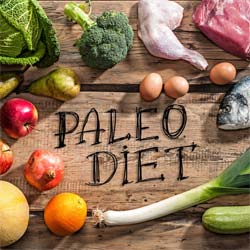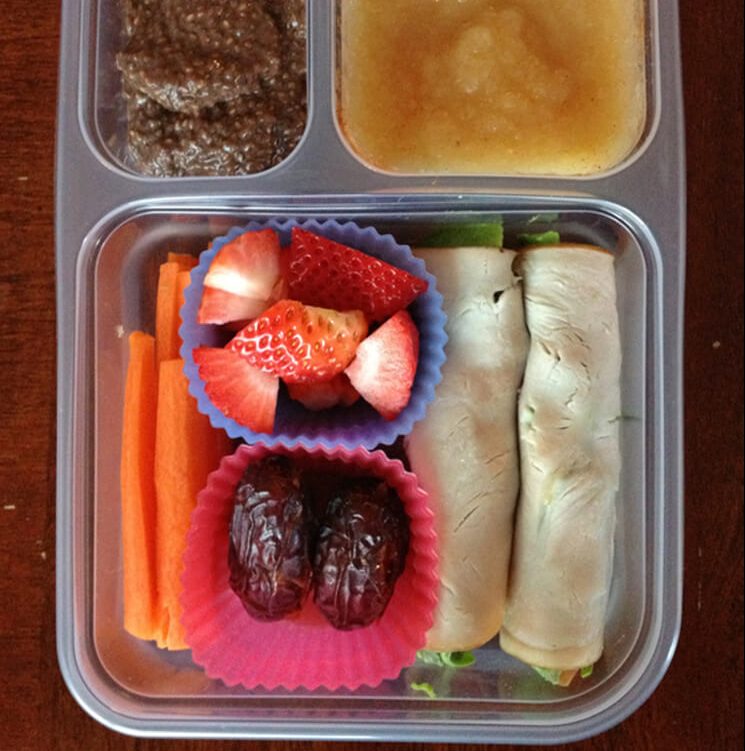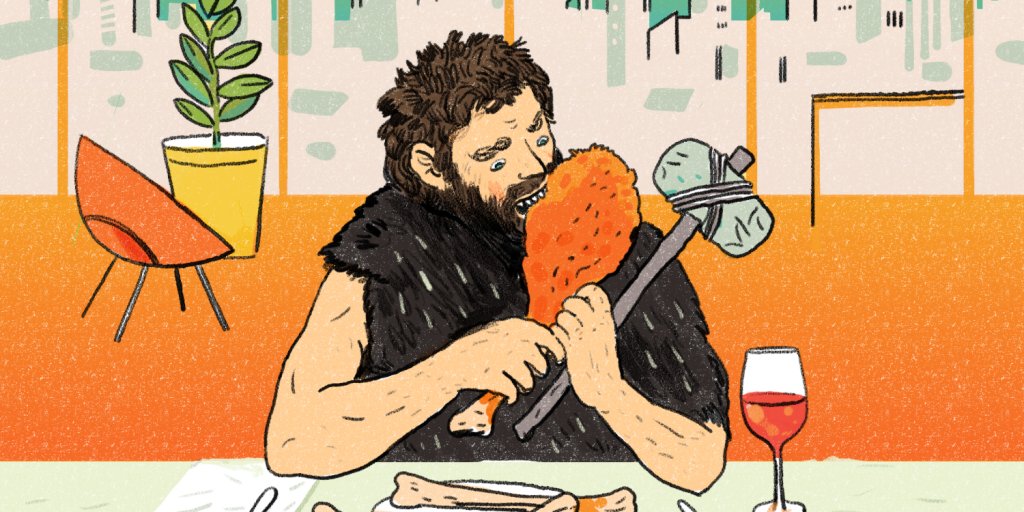
If you are considering the Paleo diet, you might be wondering what can't you eat. Here are some common things you shouldn't consume in order to live a healthier life. Common additives include aspartame, calcium sorbate, monosodium glutamate (MSG), nitrates, potassium bromate, saccharin, artificial sweeteners, and GMOs.
Processed foods
The majority of processed foods can't be found in the natural world. They are often manufactured in a lab and loaded with artificial ingredients or preservatives. They lack nutrients, fiber, or protein. A paleo diet means that you will avoid processed food. So, what should you avoid? Read on to learn about a few foods that you should avoid when following a paleo diet.
Refined sugars
Paleo doesn't allow refined sugars to be eaten. These products are high in additives and not good for the body. You can still eat sugars in moderation. Ezekiel Bread, made from grains, legumes, as well as goat milk, can also be tried.
Phytic acid is found in grains

Phytic acids is a compound that can be found in grains or other plants. It interferes with our body's ability of absorbing minerals. This is especially true in countries that have low levels of vitamin A or iron. The Paleo diet does not prohibit phytic acid. There are ways to minimize its effect. Soaking grains beforehand and cooking legumes for longer periods of time can help. But, there is no good or bad answer to this question.
Vegetable oils
Vegetable oil is a common ingredient in modern cooking. But, are they good for your health? They contain polyunsaturated and omega-3 fats, which are not recommended for Paleo. Even though they are organic, well-sourced and cold pressed vegetable oils can still contain unhealthy polyunsaturated butters that are harmful to your body. There are alternatives to these oils that you can use in your cooking.
Fruits
Apples are a staple of the paleo diet. They are very nutritious and high in calories. A typical-sized apple has about 10g sugar and over 2g fiber. Compared to apples, bananas and melons are also not considered true paleo foods. If you're really committed to sticking to your diet, it might be worth adding one of the following fruits to your list.
Organic fruits
Paleo should mean that you only purchase organic, non GMO fruits and veggies. Organic produce will have fewer pesticides and trace chemicals. You can also select items with lower pesticide residue like those on the Environmental Working Group's Clean 15 List. Each year, the Environmental Working Group publishes lists that list the "dirtiest" or "cleanest" foods.
Meat

The first step when trying to eat a Paleo diet is to create a grocery list. You'll stay on track and won’t get lost in the aisles. A grocery list will not only help you stay on track but it will also help to identify foods that are suitable for the paleo diet. Here are some examples of foods you shouldn't eat on Paleo.
FAQ
Can I learn how to cook together with my children?
Yes! Kids love to help in the kitchen. It's fun and teaches kids responsibility as well as teamwork. Children can help in everything, from washing vegetables and cutting onions. You will have your children enjoy helping you cook as long as they follow safe procedures when using knives.
Do I have to buy ingredients in order to cook?
There is no need to purchase all the ingredients. Premade sauces can be found in most grocery stores. However, if you want to save money, then buying pre-made meals can be helpful.
Do I need to go to culinary school to be a chef?
No. Many chefs learned their craft on their own. Some went to culinary school simply to gain experience. Culinary school is preferred by most chefs because they have more opportunities to grow and learn. Culinary schools allow students to learn hands-on skills, and this helps them improve their cooking knowledge.
How do I get hired as a chef?
First, you need to earn a culinary arts diploma in order to get a job working as a chef. You can then join a professional group such as ACF. This association offers certification exams as well as networking opportunities.
What is the best way to store leftovers?
Tupperware containers can be used to store leftovers. These containers are great for keeping food fresh and preventing odors from growing. They also keep foods warm longer. Freezer bags can be used to freeze any leftover food. Place food in another freezer bag to prevent air escape when freezing. After the food is frozen, place it in a sealed container like a ziplock bag.
What are the Qualifications to be a Chef
A bachelor's degree in culinary art is necessary to become a professional chef. A series of tests must be passed by the ACF. A certificate will verify your qualifications once you have met all of these requirements.
How Do I Learn About Cooking?
There are many cooking classes available all over the country. Many schools offer courses on baking, pastry, or wine tasting. If you want to learn more about cooking, you can enroll in a class at a local community college or vocational school, or attend one offered by a private institution.
Statistics
- The median pay for a chef or head cook is $53,380 per year or $25.66/hour, according to the U.S. Bureau of Labor Statistics (BLS). (learnhowtobecome.org)
- under 10 Kids have been taught that there is special food just for them, and Fiese says that 10 percent of kids will throw a tantrum if they don't get the food they want. (washingtonpost.com)
- According to the BLS, chefs earn $58,740 a year. (learnhowtobecome.org)
External Links
How To
How to cook a steak
The thickness of any meat will dictate the cooking method. Thicker steaks, for example, are better cooked at low heat while thicker steaks require higher temperatures.
It's important to not overcook the steaks as they will lose their taste. And remember always to remove the steak from the pan when it's done - this way, you won't burn yourself.
Cooking times vary depending on the size and degree of doneness desired. Here are some guidelines:
Medium Rare: Cook till medium rare. This is when the internal temperature of the food reaches 145°F (63°C). This will take between 3 to 5 minutes per side.
Medium: Cook until medium. This means that the internal temp has reached 160 degrees F (71 degrees Celsius). This usually takes only 6 minutes per side.
When done well, cook until the internal temperatures reach 180°F (82°C). This typically takes 8-12 minutes per side.